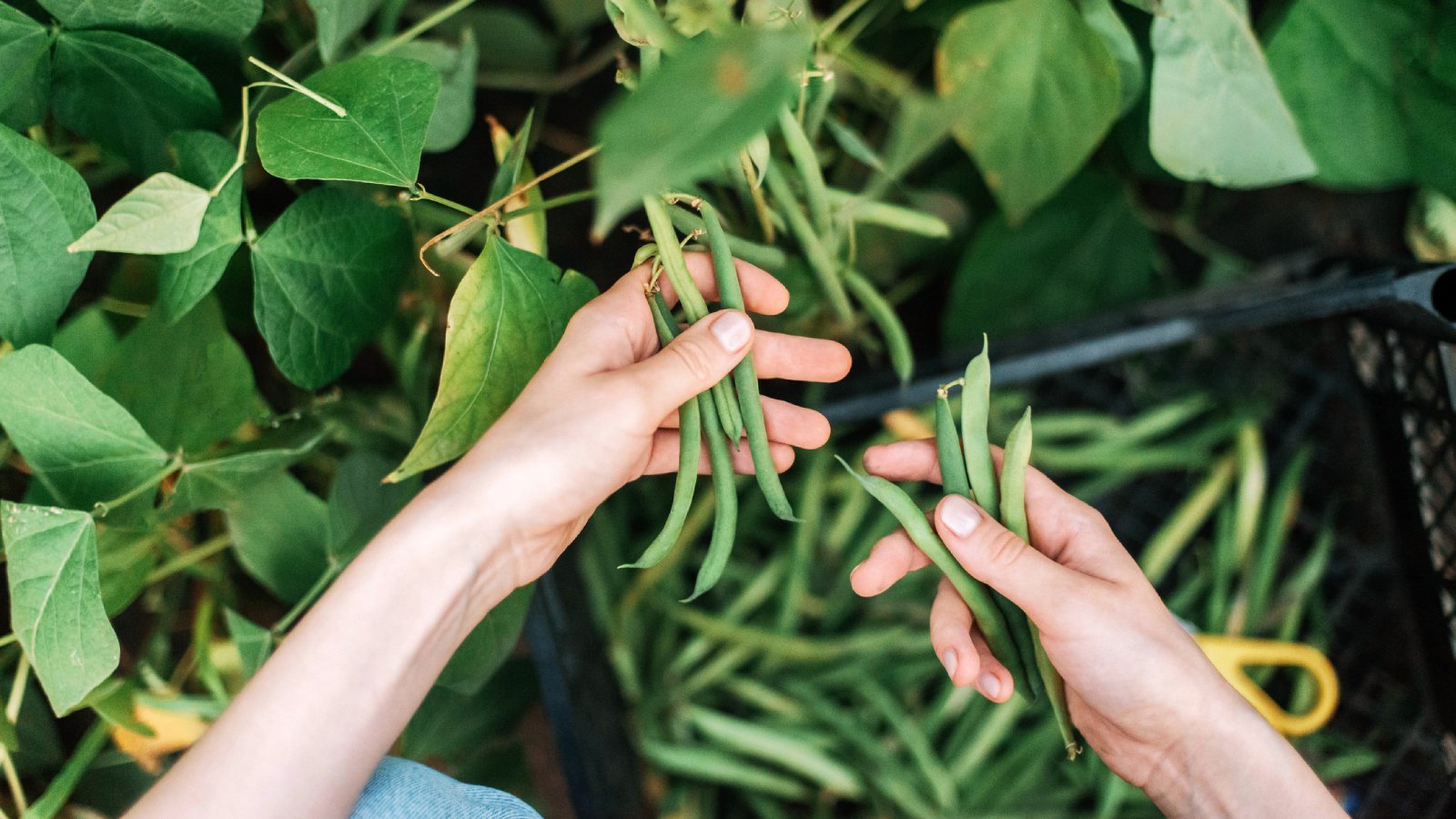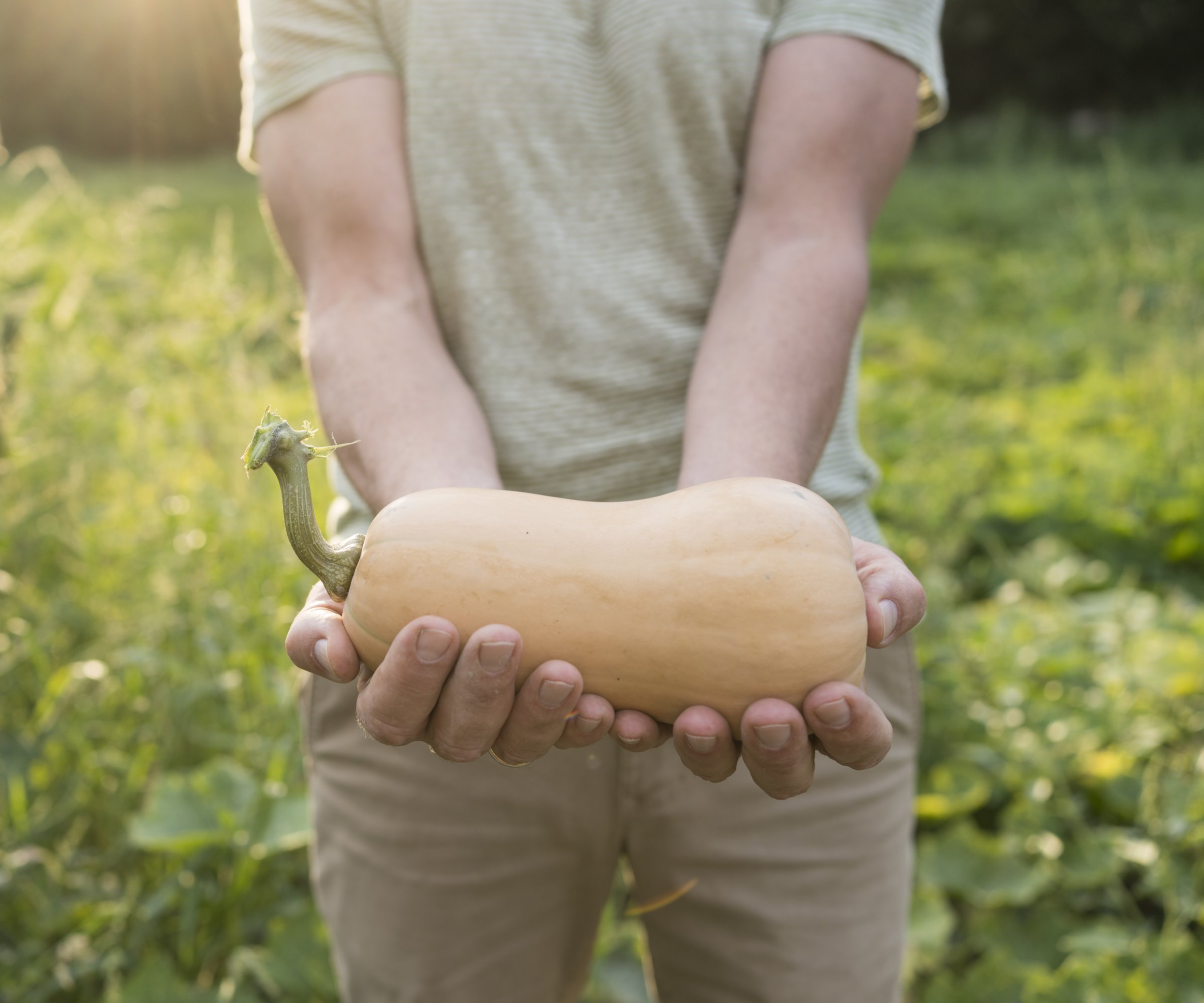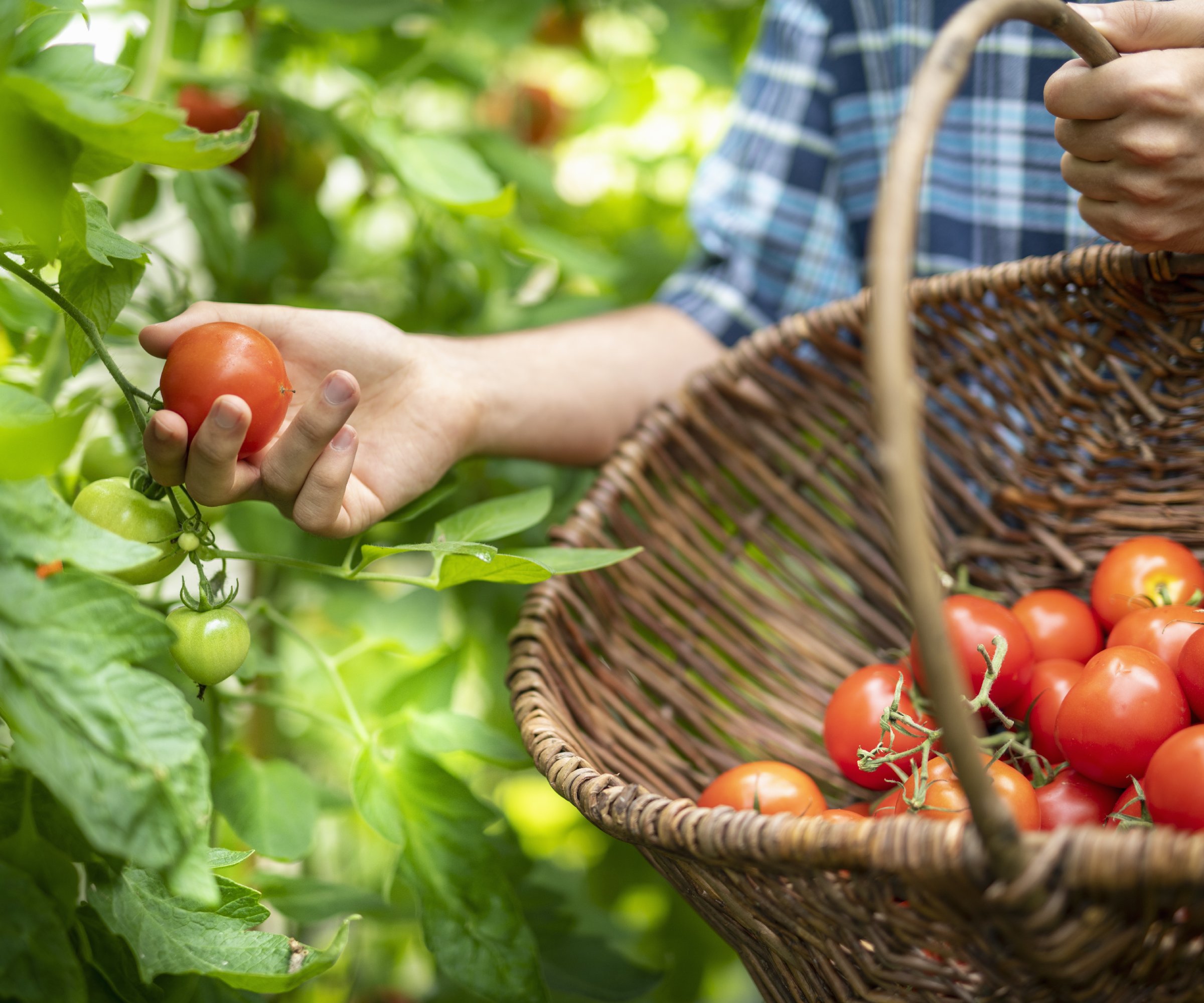
The ability to harvest your own produce at the peak of perfection is just one of the benefits of having your own garden, but how do you know when it’s ready for harvesting? Every vegetable and fruit has its own unique maturation time making it difficult to know when to harvest. There are, however, some clues when it comes to knowing fruit and vegetable harvest times. Let's cover them together!
When Is Harvest Time?
Most veggies are planted in the spring to early summer and are ready by the end of the summer. Some fruits and veggies can be picked for weeks while others are picked just once. When the crop went into the ground, what the crop is, when it was started from seed, your location, the variety of crop and the weather can all affect harvest timing.
There’s really a lot in play when it comes to knowing when to harvest produce. On every seed packet there is a maturation date, and while this will give you a good gist of harvest time, the date should be seen as a recommendation rather than a rule since many factors influence the true maturity date.
What can be said with certainty is that virtually all crops are best when picked in the early morning. During the heat of the day, vegetables lose moisture and form starches. As the day cools and night descends, the starches are converted to sugars and lost moisture is regained resulting in sweeter, crisper produce in the morning.
Another truism is that it is better to harvest on time or a bit early rather than late. Produce left lingering does not improve with age.
How to Tell If Plants Are Ready for Harvesting
There are a number of indicators that a crop is ready for harvest. Not all of them apply to every fruit or veggie though and not everything you’ve ever heard is true. For instance, bigger is better is a falsehood. As crops get bigger than their maturation size, they often get bitter, get larger seeds, grow tougher skins or pods, and generally are less flavorful.
Because all fruit and vegetables ripen in different ways, check each crop on a daily basis. Some crops might not seem ready one day and by the next morning, are ripe for the picking. Some crops like corn have a relatively short harvest period while others like some tomatoes can be harvested over and over for a month or more.
Sign up for the Gardening Know How newsletter today and receive a free copy of our e-book "How to Grow Delicious Tomatoes".
Hesitant about whether a crop is ready to harvest? While it varies from species to species, some indicators of ripeness might be color, aroma, size, shape and texture of the exterior.
When to Harvest Different Plants
Winter Squash

Winter squash is generally ready all at once, usually at the end of summer or first part of fall. To tell if it is ripe, stick your fingernail into the rind. If it yields with no resistance, the fruit should stay on the vine but if it is resistant, it's time to harvest.
Corn

Corn has a short harvest period. It is ready when the corn silk darkens and dries out and the kernels are at the milk stage; when a milky liquid is expressed from a crushed kernel. Sweet corn is at its peak about 3 weeks after the silk has developed and should be used, refrigerated or processed immediately after harvest for best flavor.
Tomatoes

Tomatoes ripen 6-8 weeks after being pollinated. They should yield to a gentle squeeze when they are ripe and should be a uniform red (or color of the variety). This fruit can also be picked green or pink and allowed to ripen at room temp in the house.
Cucumbers

Cucumbers are ready in 55-65 days, green or wax beans in 50-70 days, melons in 65-100 days, peas in 55-85 days, peppers in 60-90 days, summer squash in 50-60 days, turnips in 45-70 days and watermelon in 80-100 days.
Timings vary depending upon the cultivar, location, weather and other factors. Again, maturation dates are intended as suggested dates only. As a gardener, you should be inspecting your crops on a daily basis to determine when or if a certain crop is ready or almost ready for harvest. When in doubt, it doesn't hurt to have a nibble in fact it's one of the perks of growing your own produce!

Amy Grant has been gardening for 30 years and writing for 15. A professional chef and caterer, Amy's area of expertise is culinary gardening.
